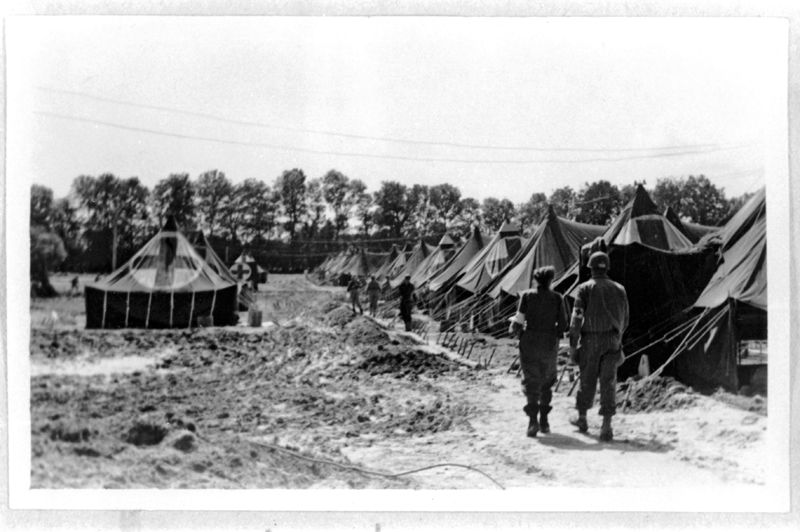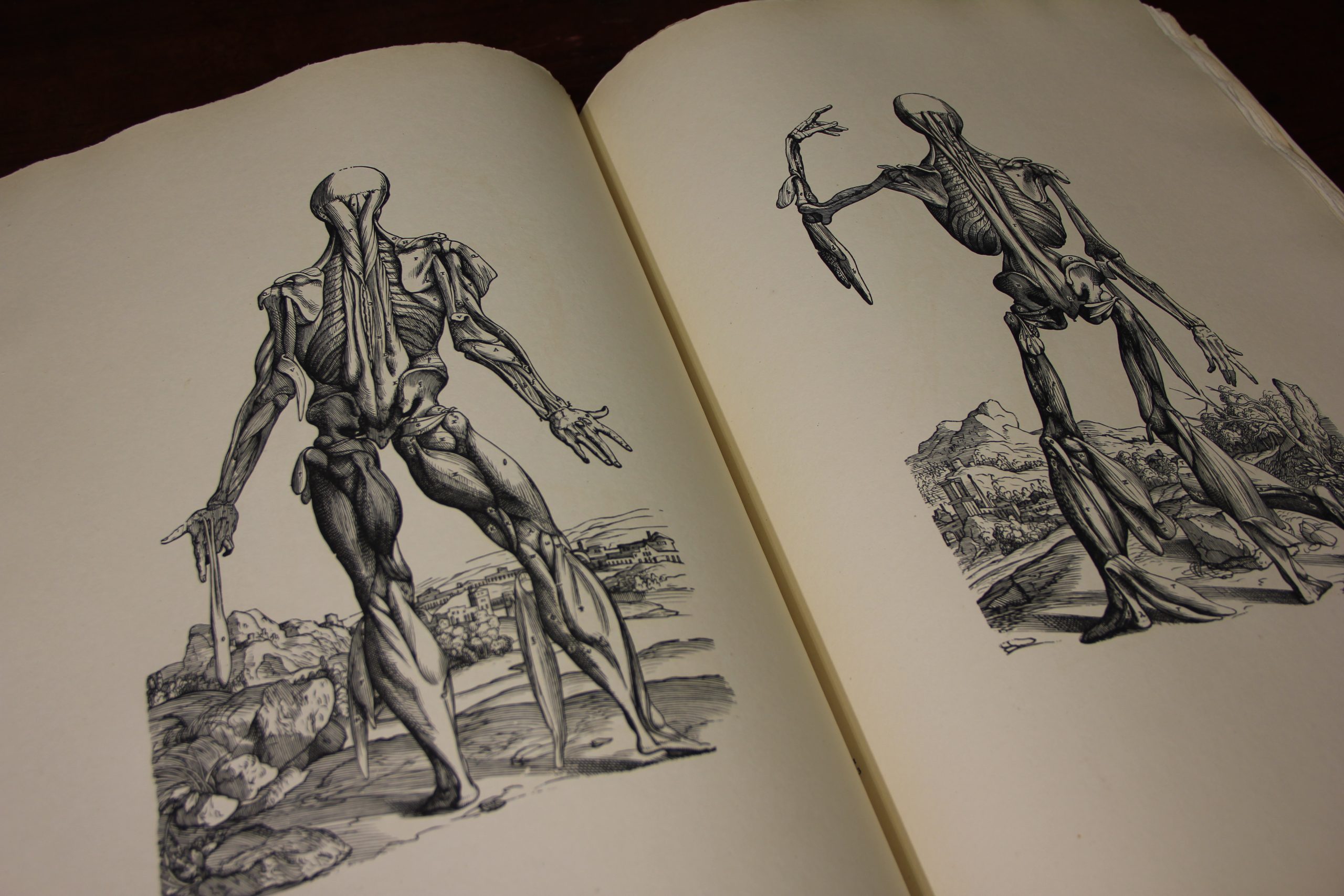-
Illustrating War: Announcing the Daniel S. Young Archives of Medical Illustrations digital collection
Medical illustrations and drawings reflect the state of medicine at a specific moment in time, providing a visual record of science, technology and anatomical knowledge. A new University of Cincinnati Libraries digital collection, the Daniel S. Young: American Civil War Medical Illustrations, highlights the artistic and medical contributions of a surgeon and illustrator throughout his service on the battlefield. Available online via JSTOR, the collection contains 83 medical illustrations from the Daniel S. Young Archives held by the Henry R. Winkler Center for the History of the Health Professions at the Donald C. Harrison Health Sciences Library. The collection was scanned and digitized by the UC Libraries Digital Initiatives Team. Daniel Young…
-
Pharmacy Education in the Queen City: Cecil Striker Annual Lecture
The Henry R. Winkler Center for the Health Professions and the Cecil Striker Society present the Annual Cecil Striker Lecture. The lecture, “Pharmacy Education in the Queen City: 1850-2025” presented by Dennis B. Worthen, PhD, is in celebration of the James L. Winkle College of Pharmacy’s 175th anniversary. Tuesday, Oct. 14, 5-7pmKowalewski Hall Auditorium, room 140 The event is open to all. RSVP by Sept. 30. Can’t attend in person? The lecture will be streamed live via Zoom. After the event, visit the University of Cincinnati Pharmacy Education exhibit in the Stanley J. Lucas, MD, Board Room in the UC Medical Sciences Building. The exhibit will feature images and artifacts…
-
Expand Our Impact: An interview with frequent library collaborator Christopher Platts
Christopher Platts, assistant professor of art history, is a frequent collaborator with the Libraries. His work with the DAAP Library, Archives and Rare Books Library and the Preservation Lab, is a perfect example of how we’re achieving our Expand Our Impact Strategic Direction through enhanced UC and external partnerships and collaborations. Following is an interview with Christopher about some of his projects and research focus. How long have you been at the university and what is your research/teaching focus? I have been at the University of Cincinnati since autumn 2021, when I moved from the east coast (Connecticut). I teach in the art history and museum studies programs in the…
-
Answering the call: A collection in the Winkler Center highlights UC medical personnel organized and staffed by a major European hospital during World War II
Reprinted from UC Magazine article published in April 2012 During the summer of 1941, before America entered World War II, the U.S. Army asked the University of Cincinnati to organize the 25th General Hospital as a major medical facility in the European theater. Staffing the hospital were 57 medical officers and 85 nurses, mostly affiliated with UC and Cincinnati General Hospital (now UC Health University Hospital), as well as 500 enlisted personnel, all of whom served with distinction in England, France and Belgium until the end of the war. At issue was an urgent need for doctors to serve in the armed forces while leaving enough physicians at home to…
-
Note from the Dean
How does that saying go about change? “The only constant in life is change.” We who work in academia know this to be very true – change, both enacted and exacted, is constant. Each year we see students graduate in the summer and then a whole new cohort of students begin at the university in the fall. We welcome new faculty and researchers to the library. We bring in new collections and update and create services and spaces to meet the changing needs of our diverse user group. This past year, serving as your interim dean, I’ve been both an active agent of and a witness to great changes in…
-
A Medical Pioneer goes Digital
By Sidney Gao, Digital Collections Manager UC Libraries celebrates a new digital collection in honor of Dr. Lucy Orinthia Oxley, the first African American to graduate from the University of Cincinnati College of Medicine in 1935. The collection consists of photographs, memorabilia, awards, correspondence, newspaper clippings and a scrapbook documenting the personal life and professional career of Dr.Oxley, a beloved family medicine doctor and general practitioner in Cincinnati, Ohio. Not only does the collection celebrate Dr. Oxley’s accomplishments, but it itself is an accomplishment for the Libraries Digital Collections Team (DCT) as it is one of the first to be released with holistic accessibility standards, a milestone for the DCT…
-
The Illustrated Human: The Impact of Andreas Vesalius
This past academic year, the Henry R. Winkler Center for the History of the Health Professions, along with University of Cincinnati Libraries and the UC College of Medicine, celebrated the seminal work of Andreas Vesalius with a series of online and in-person lectures and exhibits. The series, titled “The Illustrated Human: The Impact of Andreas Vesalius,” ran from October 2021 through March 2022 and provided an in-depth look and study of this monumental book of human anatomy first published in 1543. Andreas Vesalius was a Renaissance anatomist and physician who revolutionized the study and practice of medicine through his careful description of the anatomy of the human body. Basing his observations on…
-
The Illustrated Human: The Impact of Andreas Vesalius
Andreas Vesalius was a Renaissance anatomist and physician who revolutionized the study and practice of medicine through his careful description of the anatomy of the human body. Basing his observations on dissections he made himself, he authored the first comprehensive textbook of anatomy, “De humani corporis fabrica libri septem” (“On the Fabric of the Human Body in Seven Books”). Published in 1543, “Fabrica” was the most extensive and accurate description of the human body of its time. Most likely drawn by Vesalius colleague Jan Stephan a Calcar and Italian artist Titian, the “Fabrica” is widely known for its illustrations, where skeletons and bodies with muscular structures exposed pose in scenic, pastoral…


